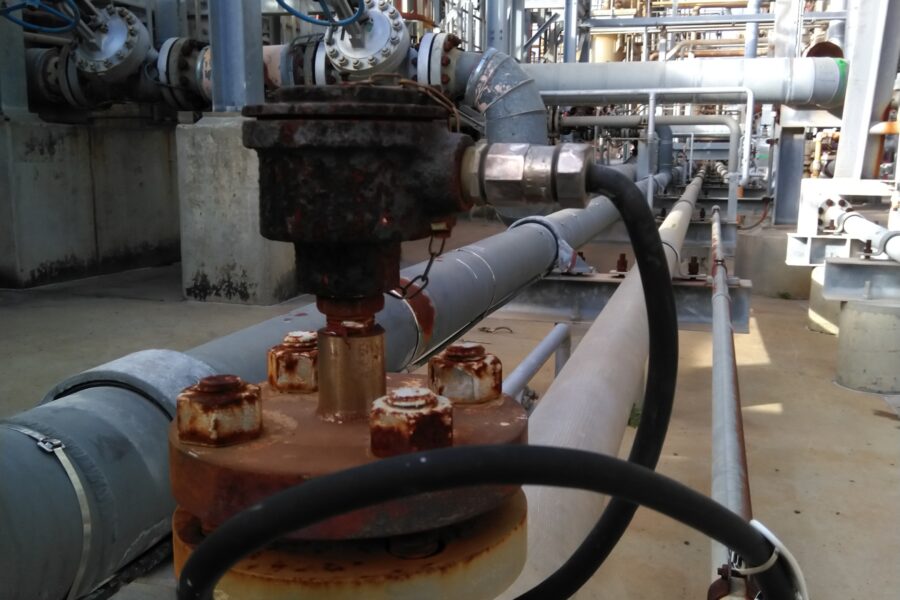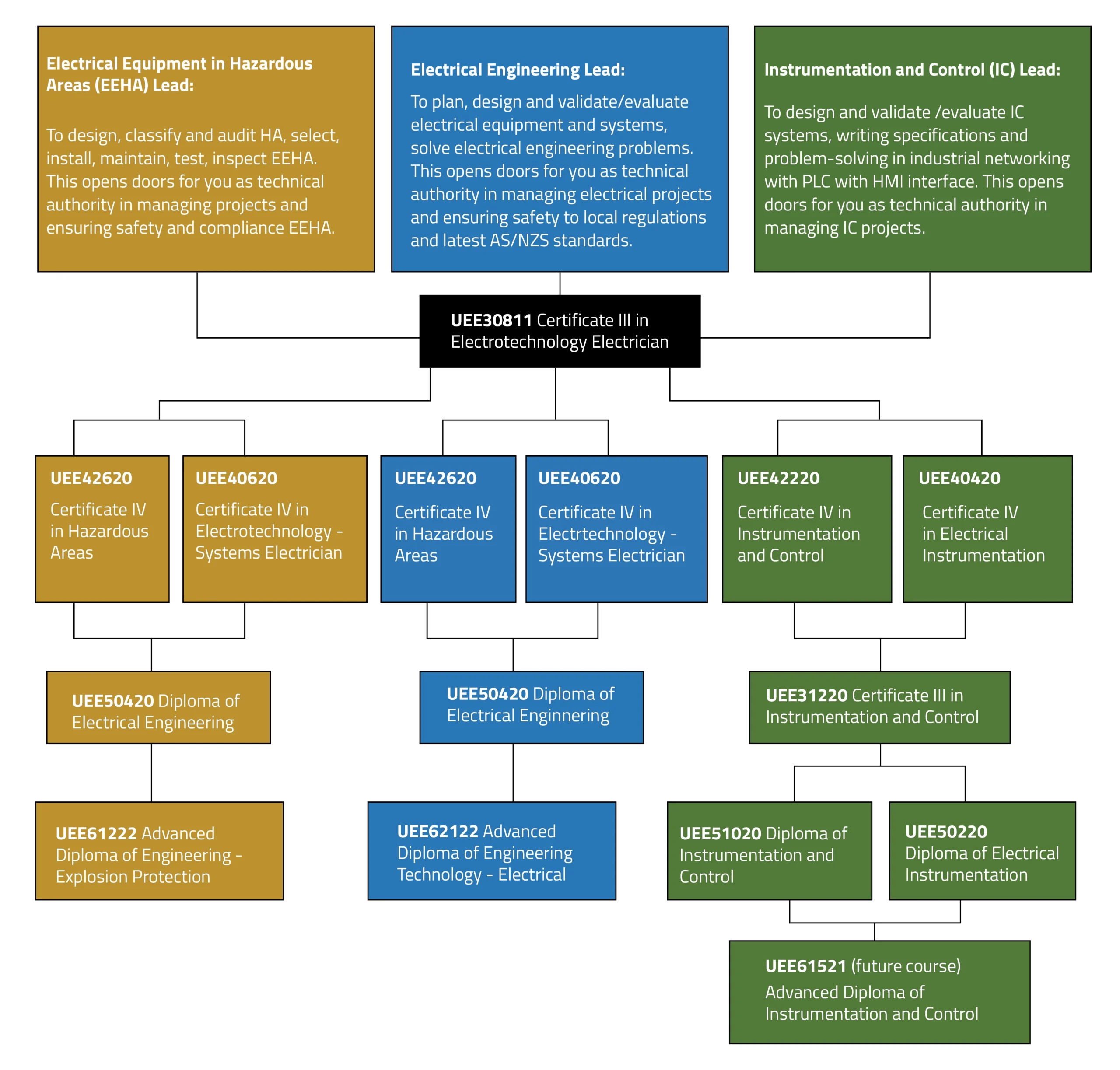The Only Guide to Roar Solutions
The Only Guide to Roar Solutions
Blog Article
The smart Trick of Roar Solutions That Nobody is Talking About
Table of ContentsSome Known Questions About Roar Solutions.An Unbiased View of Roar SolutionsThings about Roar Solutions
In such an environment a fire or explosion is possible when 3 fundamental problems are satisfied. This is commonly described as the "unsafe area" or "burning" triangular. In order to safeguard installments from a prospective explosion an approach of analysing and classifying a possibly harmful location is required. The objective of this is to make sure the appropriate choice and installation of equipment to ultimately avoid a surge and to make certain security of life.
(https://disqus.com/by/roarsolutions1/about/)
No devices ought to be mounted where the surface area temperature of the devices is more than the ignition temperature of the offered threat. Below are some usual dust dangerous and their minimum ignition temperature level. Coal Dirt 380C 225C Polythene 420C (thaws) Methyl Cellulose 420C 320C Starch 460C 435C Flour 490C 340C Sugar 490C 460C Grain Dirt 510C 300C Phenolic Resin 530C > 450C Aluminium 590C > 450C PVC 700C > 450C Residue 810C 570C The probability of the threat being existing in a focus high adequate to trigger an ignition will certainly differ from location to area.
In order to classify this threat an installation is separated right into areas of danger relying on the amount of time the hazardous exists. These locations are referred to as Zones. For gases and vapours and dirts and fibres there are three areas. Area 0 Zone 20 An unsafe ambience is highly most likely to be existing and may be present for extended periods of time (> 1000 hours each year) and even continually Area 1 Zone 21 A dangerous ambience is feasible yet unlikely to be existing for extended periods of time (> 10 450 C [842 F] A category of T6 implies the minimum ignition temperature level is > 85 C [185 F] Unsafe location electrical tools perhaps made for use in higher ambient temperatures. This would showed on the score plate e.g. EExe II C T3 Ta + 60C( This indicates at 60C ambient T3 will not be surpassed) T1 T1, T2, T3, T4, T5, T6 T2 T2, T3, T4, T5, T6 T3 T3, T4, T5, T6 T4 T4, T5, T6 T5 T5, T6 T6 T6 A T Course rating of T1 means the maximum surface temperature level generated by the instrument at 40 C is 450 C. Assuming the linked T Course and Temperature level ranking for the equipment are ideal for the area, you can constantly use a tool with a much more rigid Department ranking than required for the area. There isn't a clear response to this inquiry. It truly does depend on the kind of tools and what repairs require to be performed. Tools with particular examination treatments that can not be executed in the field in order to achieve/maintain 3rd party ranking. Should come back to the manufacturing facility if it is before the equipment's service. Field Repair Service By Authorised Employee: Difficult testing might not be needed however details procedures might need to be complied with in order for the tools to maintain its 3rd party rating. Authorized workers must be used to do the job correctly Fixing have to be a like for like substitute. New part have to be taken into consideration as a direct substitute needing no special screening of the tools after the fixing is complete. Each piece of equipment with a dangerous ranking ought to be examined separately. These are laid out at a high degree below, but for more thorough information, please refer straight to the standards.
The Facts About Roar Solutions Revealed
The tools register is a detailed data source of equipment records that includes a minimum set of fields to recognize each product's location, technological criteria, Ex lover classification, age, and environmental data. This information is vital for monitoring and handling the devices properly within hazardous locations. In contrast, for regular or RBI tasting examinations, the quality will certainly be a combination of In-depth and Close evaluations. The ratio of Thorough to Shut assessments will be determined by the Equipment Risk, which is analyzed based on ignition threat (the possibility of a source of ignition versus the possibility of a flammable atmosphere )and the hazardous location classification
( Zone 0, 1, or 2). This variation will certainly additionally affect the resourcing needs for work prep work. As soon as Great deals are defined, you can develop sampling plans based on the sample dimension of each Whole lot, which describes the number of random tools items to be inspected. To establish the needed example dimension, 2 aspects need to be reviewed: the dimension of the Great deal and the group of assessment, which suggests the level of initiative that ought to be used( minimized, typical, or enhanced )to the inspection of the Lot. By incorporating the classification of inspection with the Whole lot size, you can then establish the suitable denial standards for a sample, meaning the allowable number of faulty things located within that example. For even more information on this procedure, please describe the Power Institute Guidelines. The IEC 60079 basic recommends that the maximum period between assessments need to not go beyond 3 years. EEHA assessments will also be performed outside of RBI projects as component of scheduled maintenance and equipment overhauls or repair work. These evaluations can be attributed toward the RBI example dimensions within the affected Great deals. EEHA inspections are conducted to identify mistakes in electrical tools. A weighted scoring system is essential, as a single tool may have several mistakes, each with varying levels of ignition danger. If the combined score of both examinations is much less than two times the fault rating, the Lot is regarded acceptable. If the Lot is still taken into consideration unacceptable, it must undertake a full examination or justification, which might trigger more stringent examination protocols. Accepted Whole lot: The root causes of any mistakes are recognized. If an usual failure setting is found, added tools might require examination and fixing. Mistakes are categorized by seriousness( Safety and security, Stability, House cleaning ), ensuring that urgent concerns are analyzed and resolved immediately to mitigate any influence on safety or procedures. The EEHA data source should track and tape-record the lifecycle of faults along with the restorative activities taken. Executing a durable Risk-Based Inspection( RBI )technique is crucial for making sure conformity and safety and security in handling Electrical Equipment in Hazardous Locations( EEHA) (Roar Training Solutions). Automated Mistake Scoring and Lifecycle Management: Effortlessly manage faults and track their lifecycle to enhance assessment accuracy. The intro of this assistance for risk-based assessment further enhances Inspectivity's placement as a best-in-class solution for governing compliance, along with for any asset-centric assessment use instance. If you want learning a lot more, we invite you to ask for a presentation and discover how our solution can change your EEHA management processes.
What Does Roar Solutions Mean?

In regards to explosive danger, a harmful location is an atmosphere in which an explosive environment exists (or may be expected to be present) in quantities that require special preventative measures for the construction, installation and usage of tools. hazardous area electrical course. In this write-up we explore the obstacles encountered in the work environment, the risk control actions, and the called for proficiencies to function securely
These substances can, in certain problems, form eruptive ambiences and these can have significant and awful repercussions. Many of us are familiar with the fire triangular remove any type of one of the three aspects and the fire can not happen, but what does this mean in the context of hazardous areas?
In many circumstances, we can do little regarding the degrees of oxygen airborne, yet we can have considerable impact on resources of ignition, for instance electrical equipment. Harmful locations are documented on the harmful area category drawing and are identified on-site by the triangular get more "EX-SPOUSE" sign. Right here, amongst various other essential details, areas are divided right into 3 kinds depending on the threat, the likelihood and period that an eruptive ambience will exist; Zone 0 or 20 is deemed one of the most hazardous and Area 2 or 22 is regarded the least.
Report this page